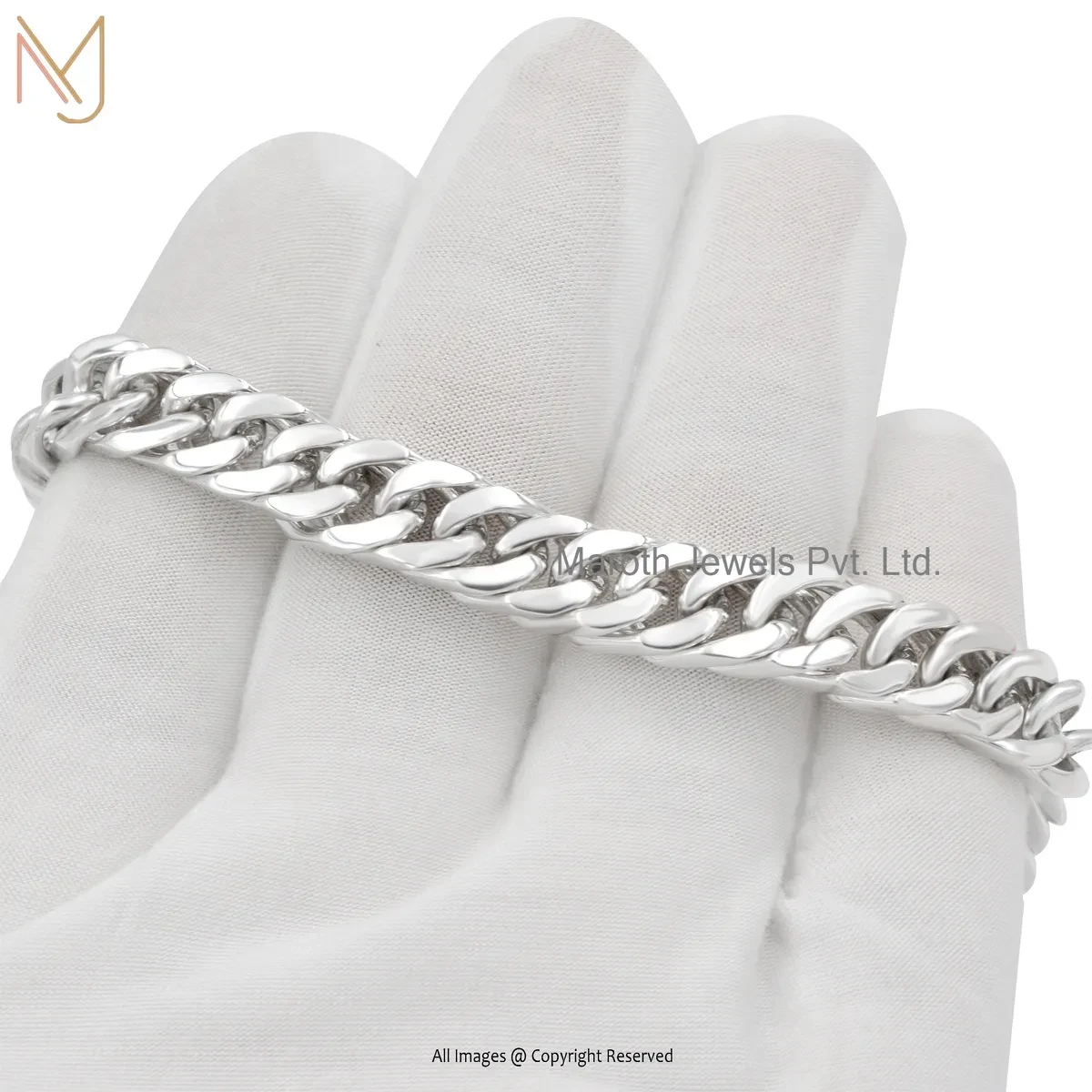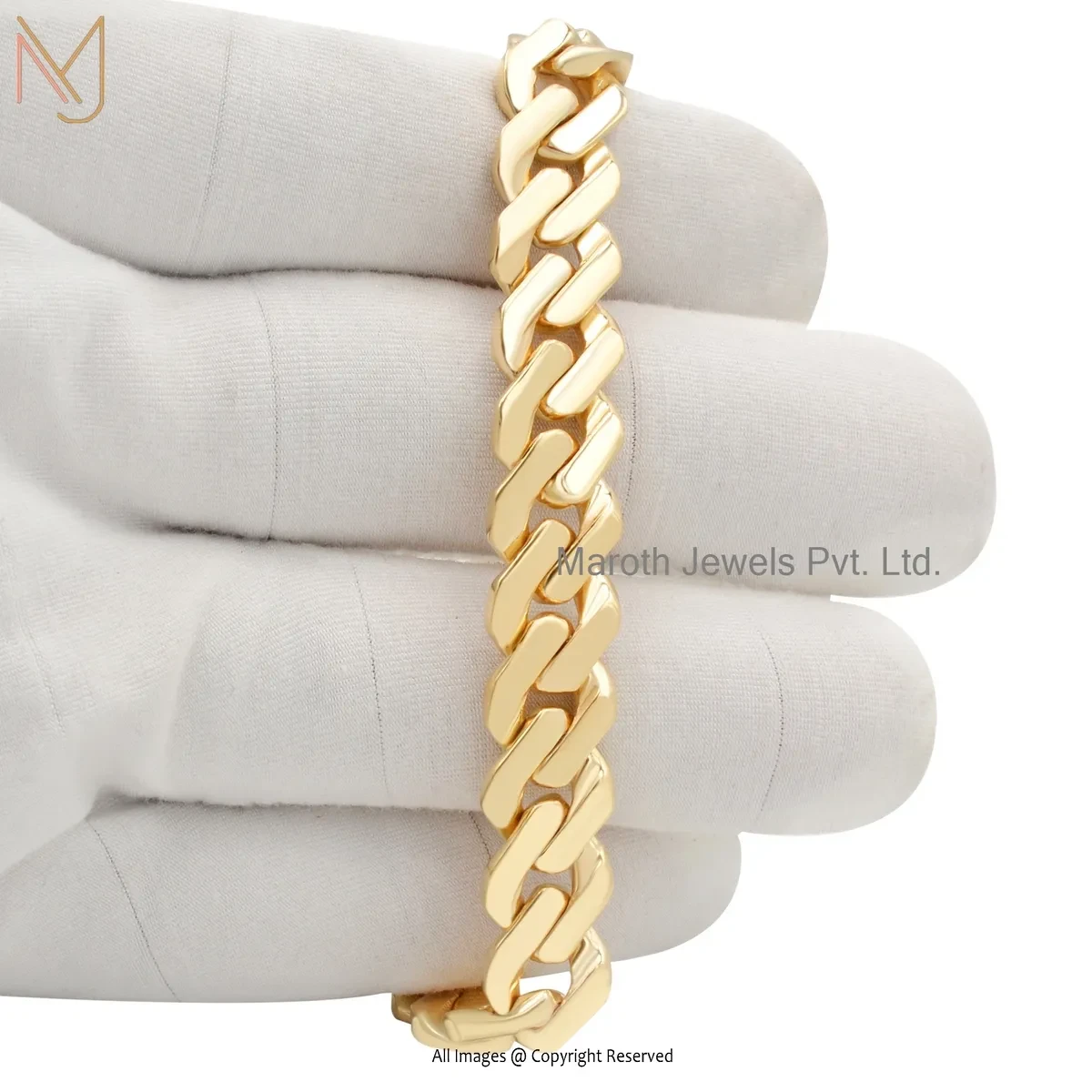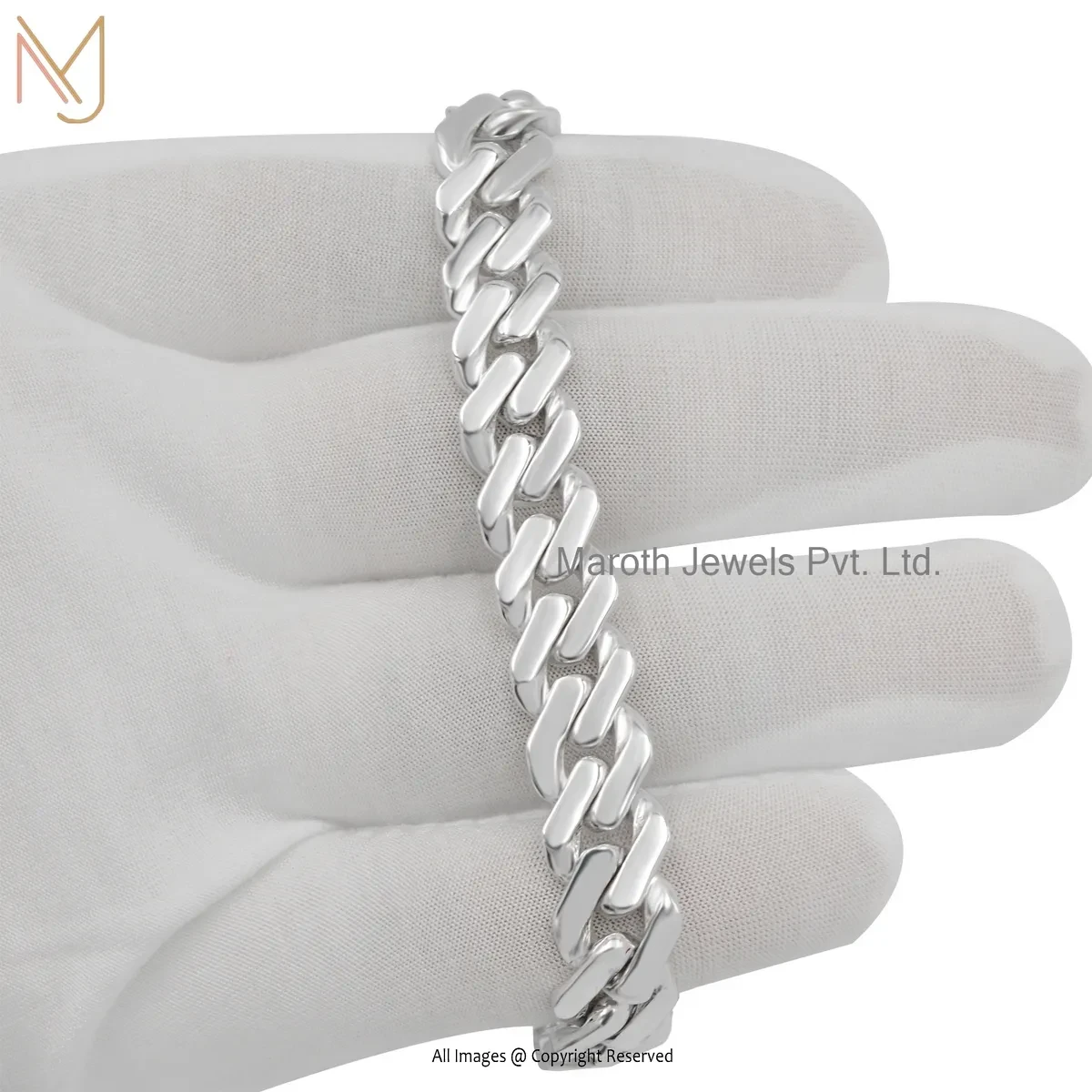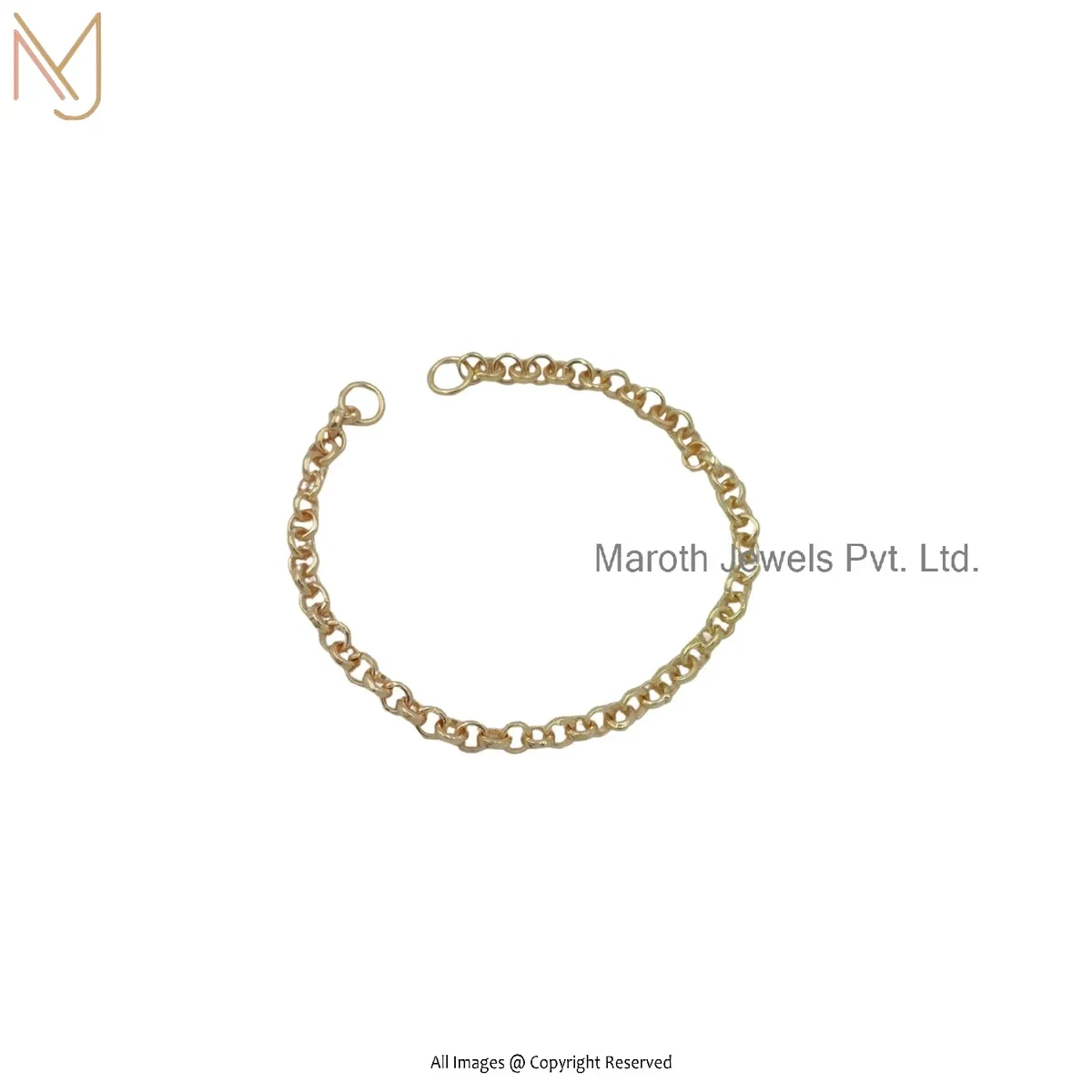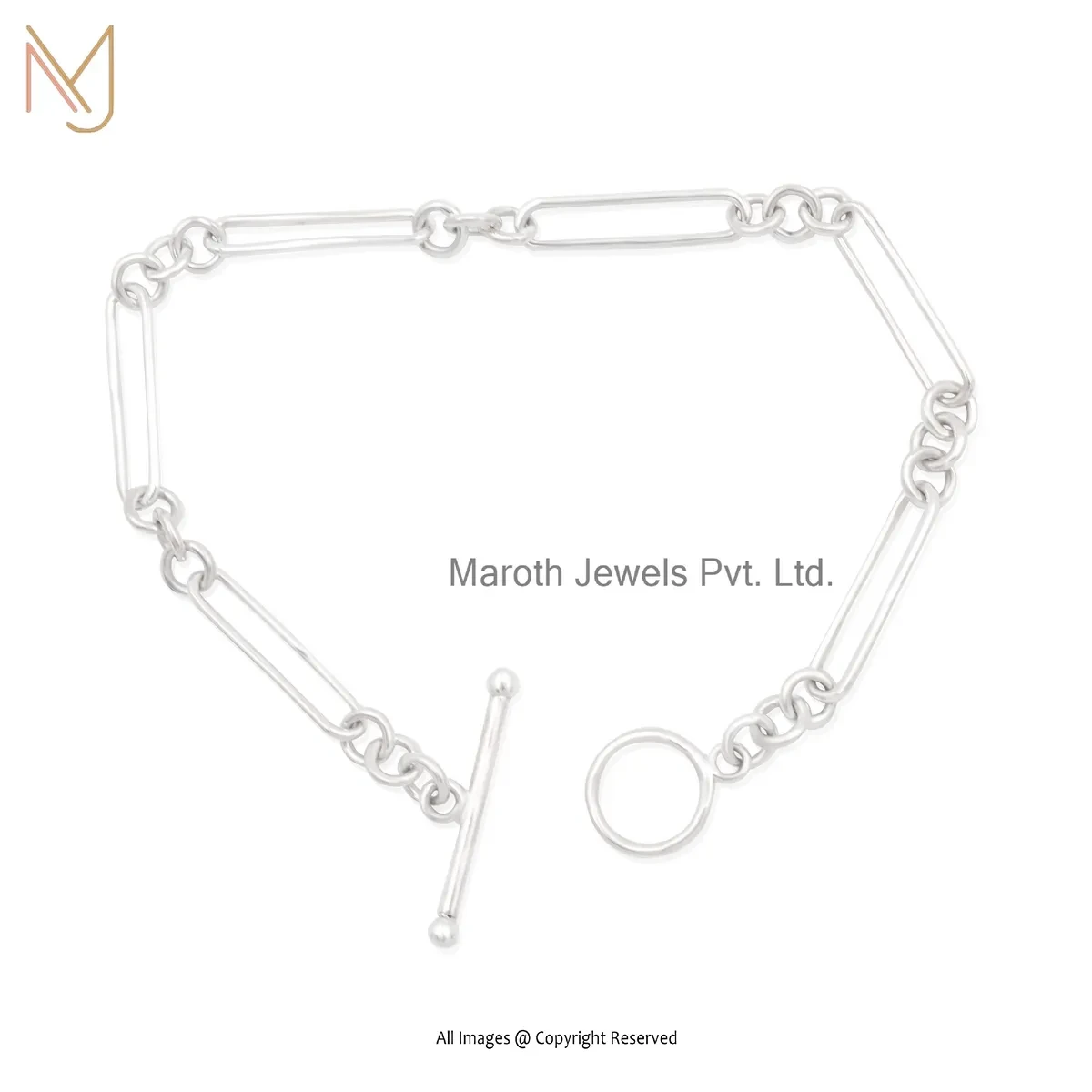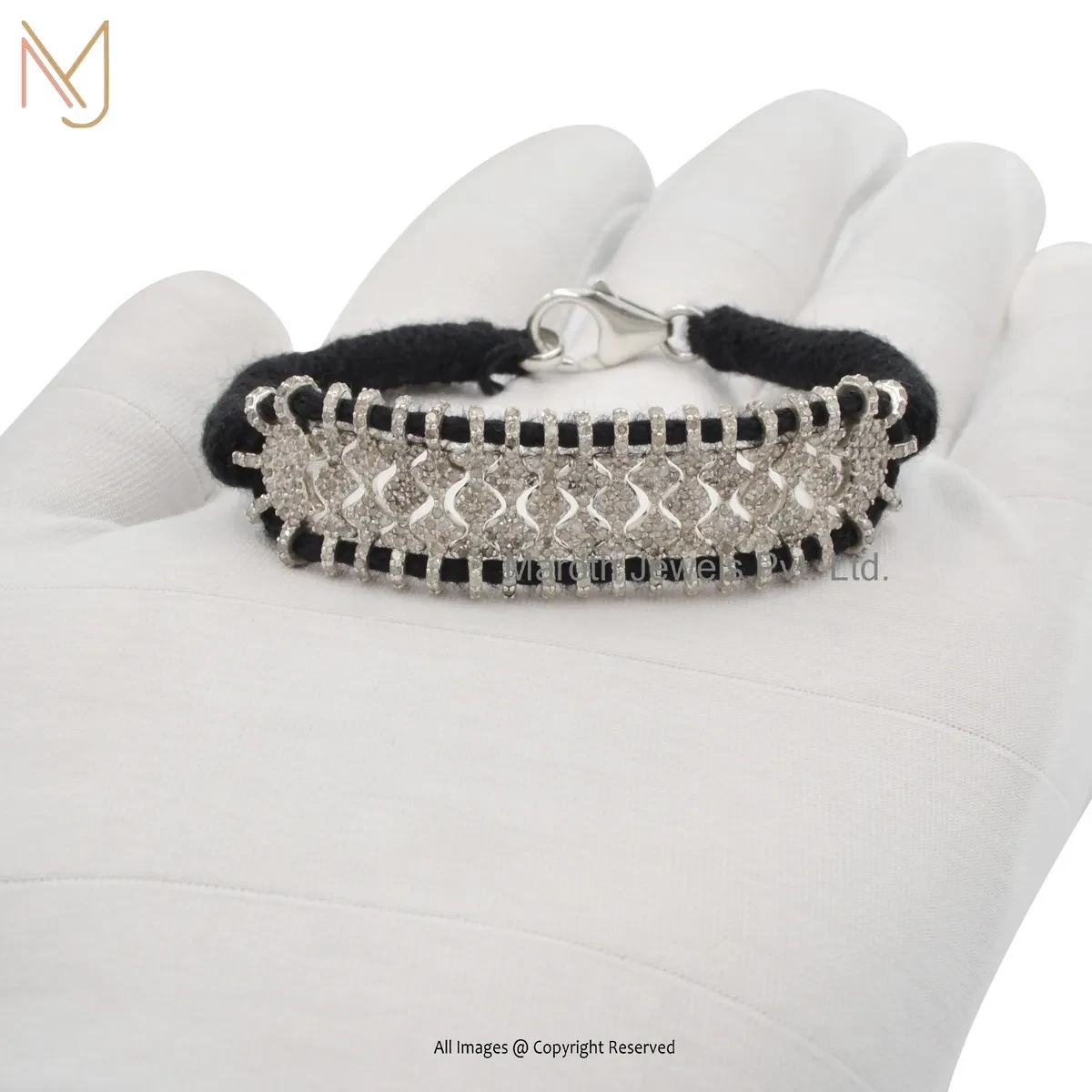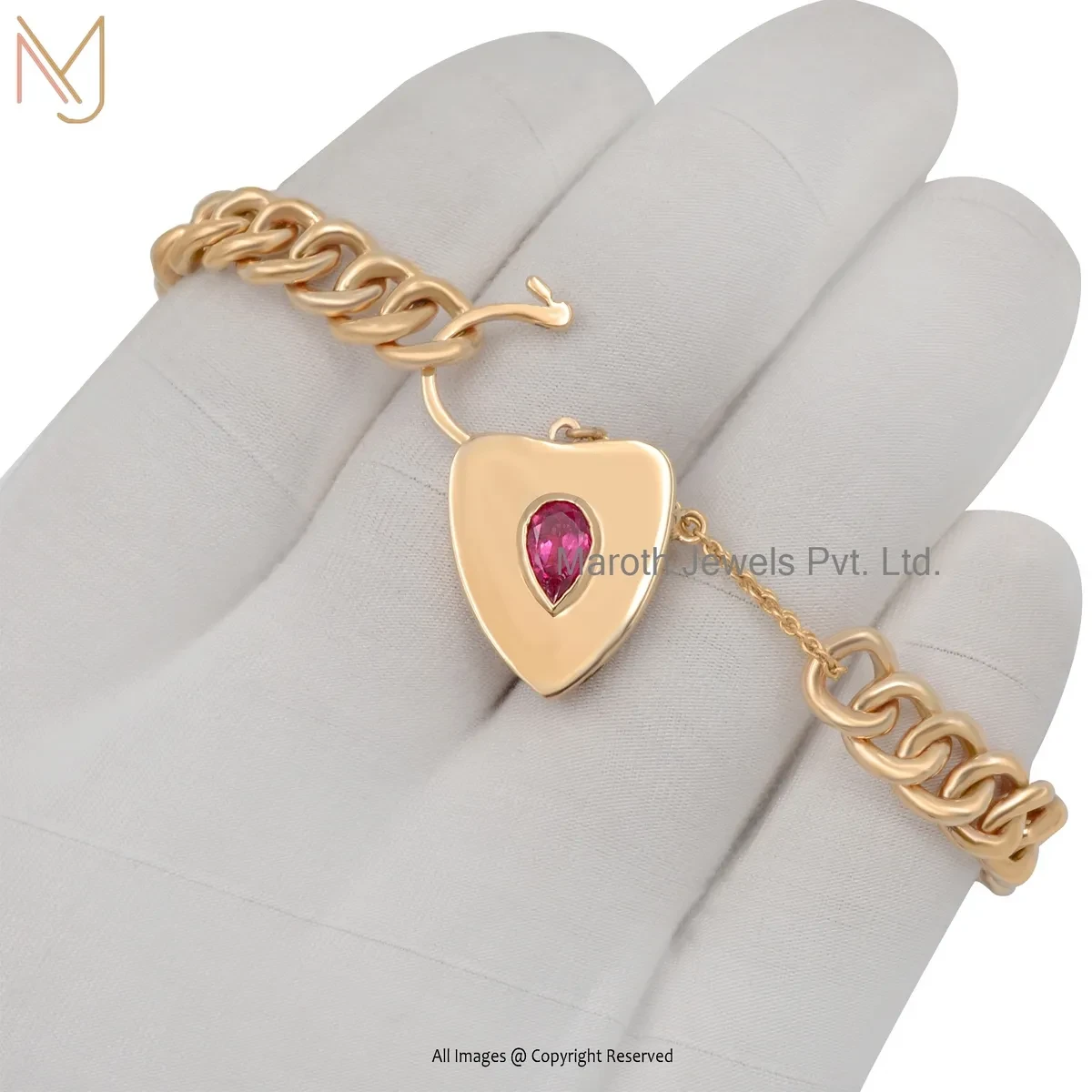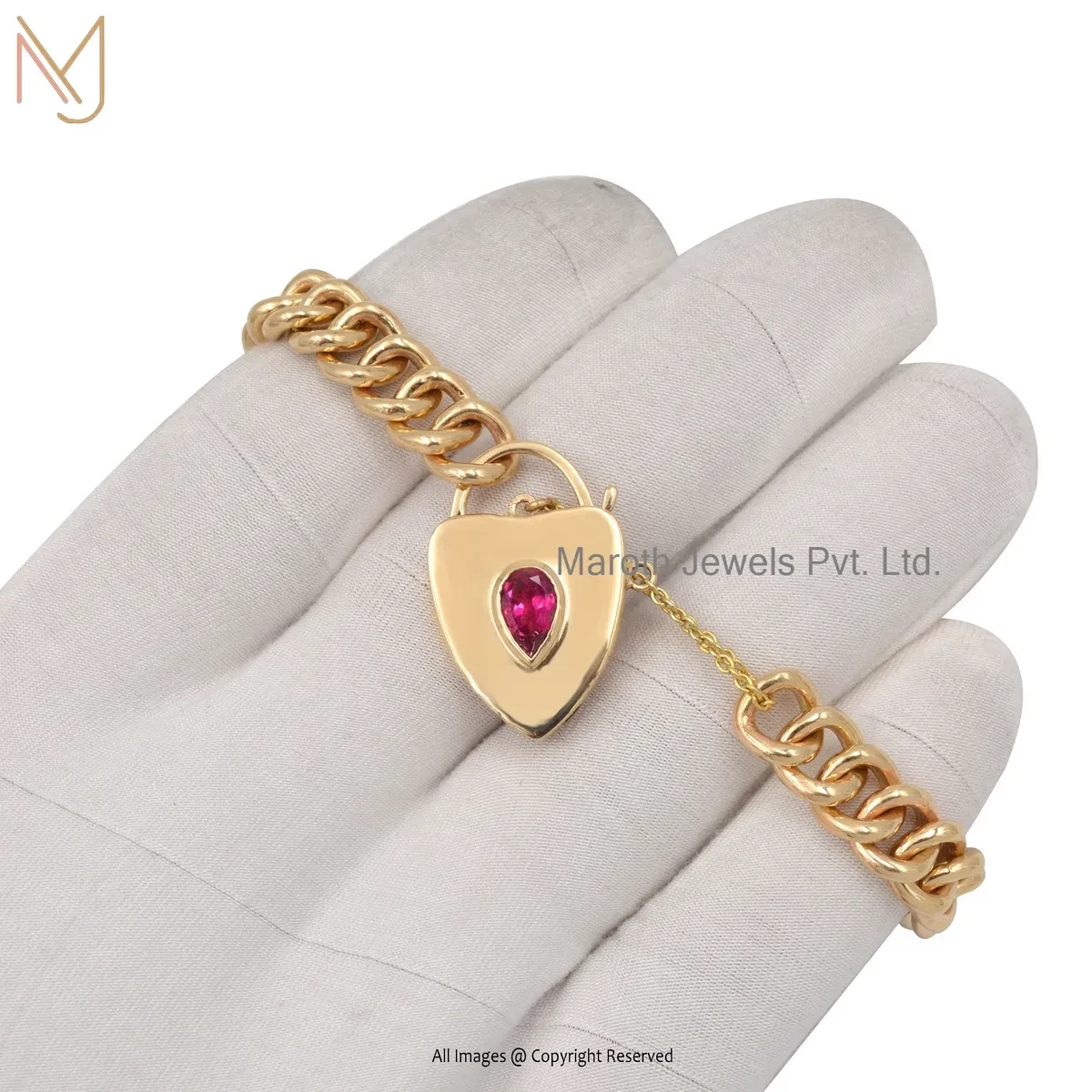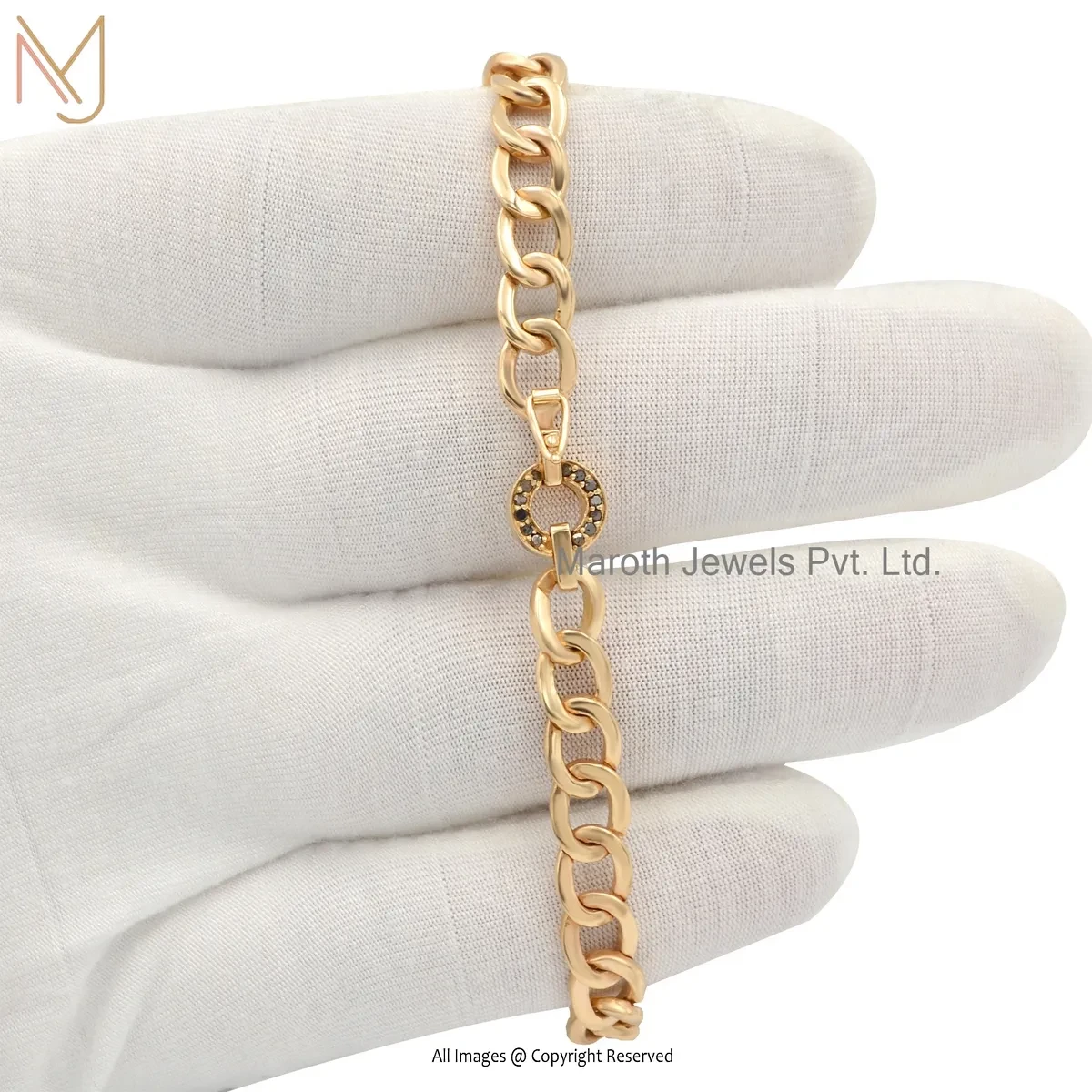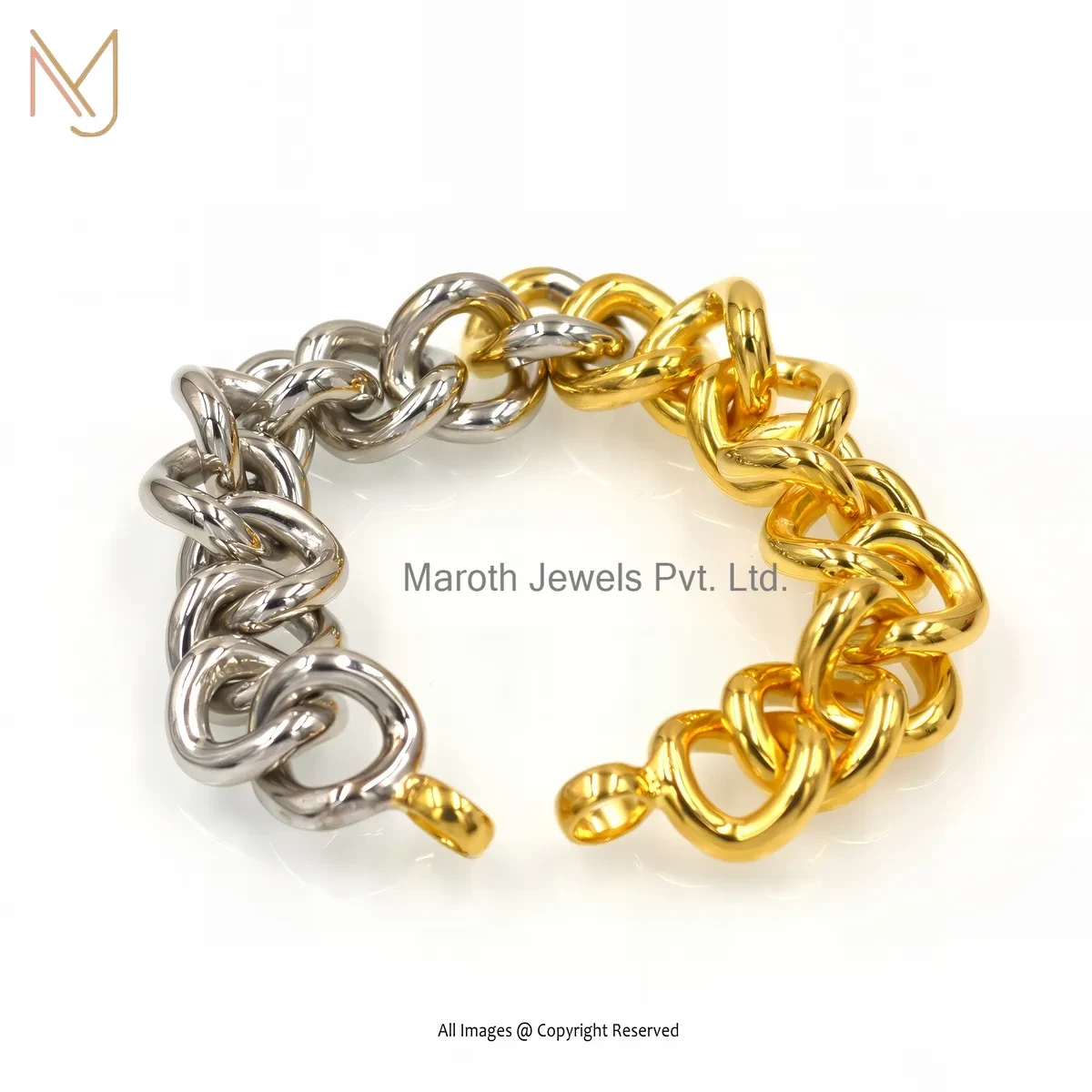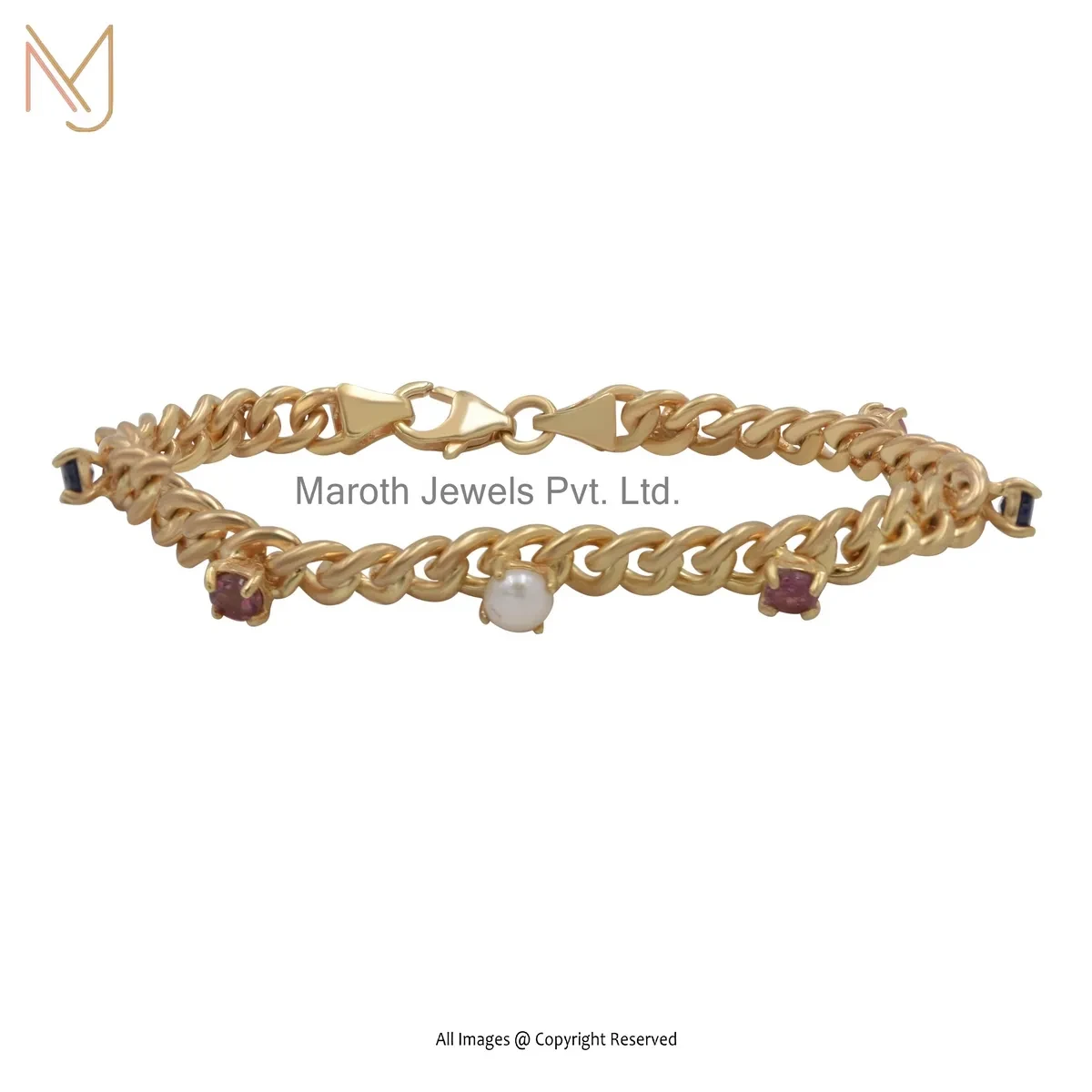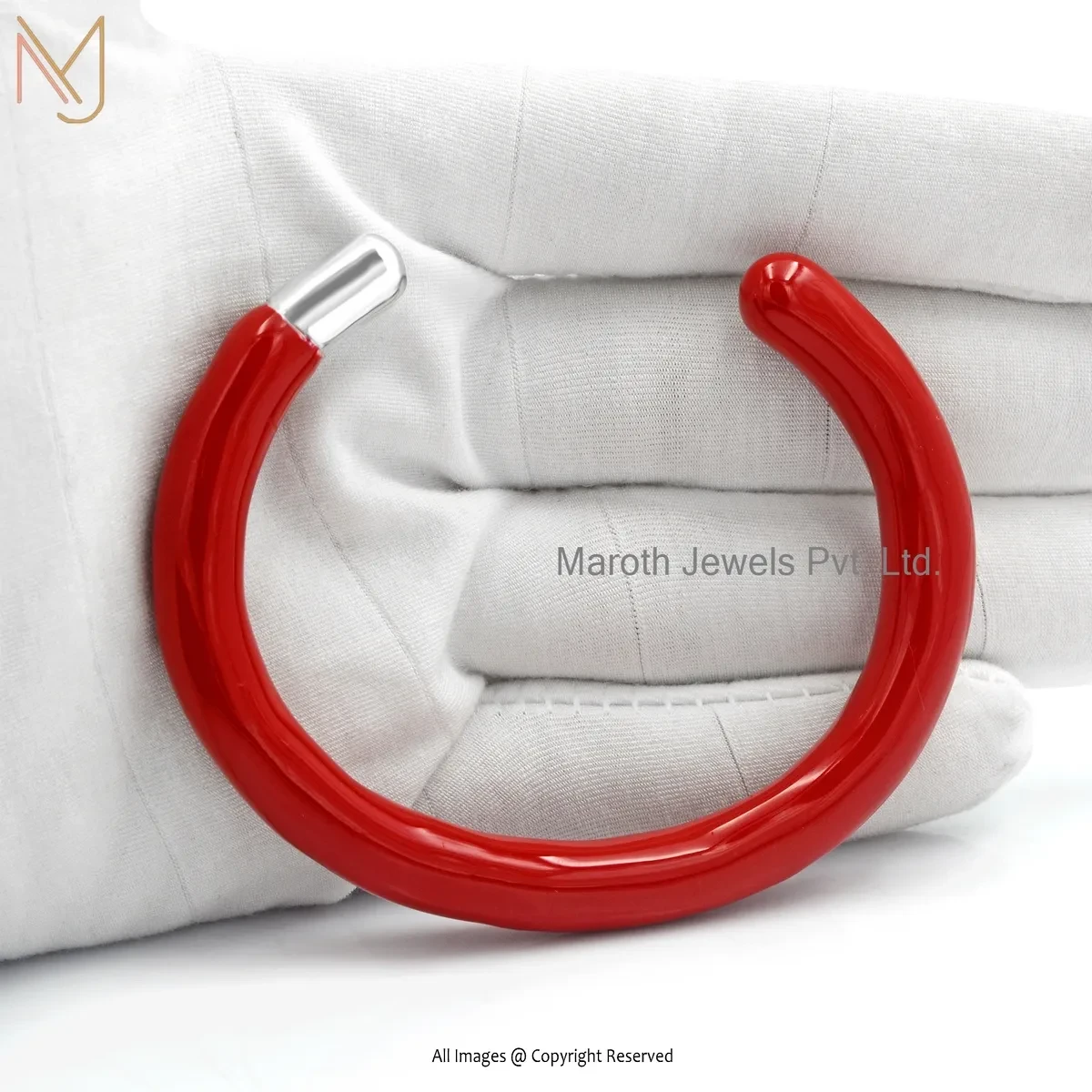The Difference Between 10K, 14K, 18K, & 24 Karat Gold
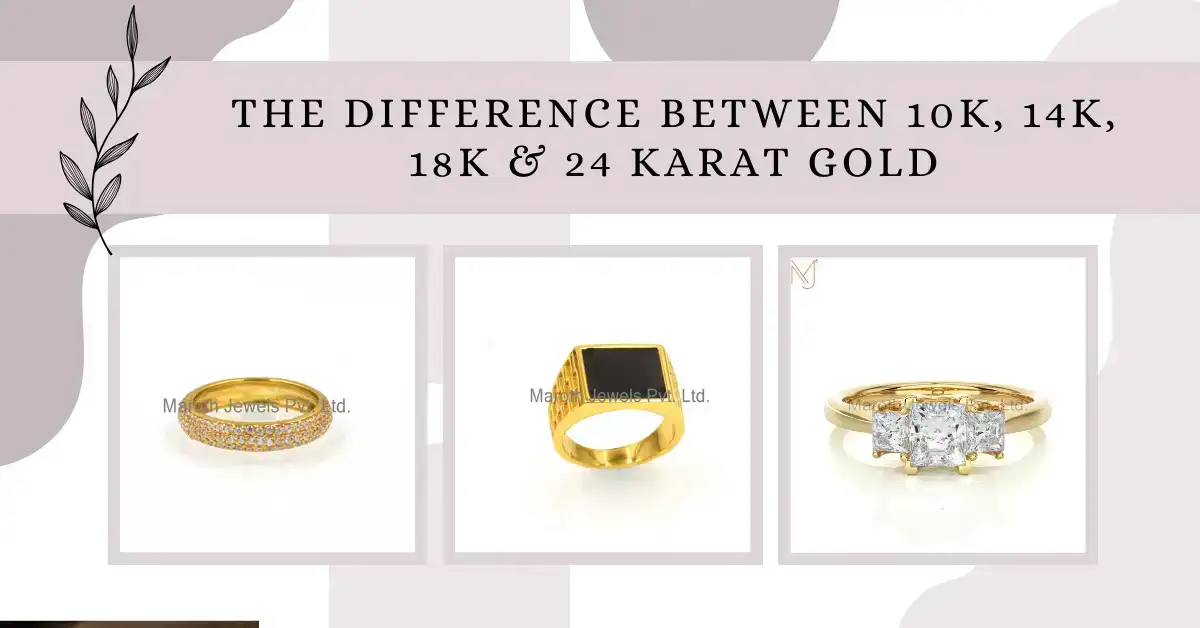
The Difference Between 10K, 14K, 18K, & 24 Karat Gold
There are differences between 10K, 14K, 18K, and 24K gold. It helps you make informed decisions. Let's explore the key distinctions between these gold types.
Understanding Karats
Karats measure gold purity. Pure gold is 24K. Lower karat numbers mean more alloy metals. Higher karat numbers mean more pure gold. This affects the gold's color, durability, and price.
What Is 10K Gold?
10K gold contains 41.7% pure gold. It includes 58.3% other metals. These metals add strength and durability. It may cause allergic reactions due to higher alloy content.
What Is 14K Gold?
14K gold contains 58.3% pure gold. It includes 41.7% other metals. These metals provide strength and durability.
VISIT FOR :: Custom Jewelry
What Is 18K Gold?
18K gold contains 75% pure gold. It includes 25% other metals. These metals add durability. 18K gold is more expensive than 14K gold. It has a deep yellow color. It is softer than lower karat gold.
What Is 24K Gold?
24K gold is pure gold. It contains 99.9% gold. It has no alloy metals. 24K gold is very soft. It is bright yellow in color. It is the most expensive type of gold. It is not suitable for everyday wear. It is often used in investment and ceremonial pieces.
10K Gold vs 14K Gold vs 18K Gold vs 24K Gold
Comparing Durability
Lower karat gold is more durable. 10K gold is the hardest. It is ideal for everyday wear. 14K gold is also durable. It balances strength and purity. 18K gold is softer but still durable. It is suitable for special occasions. 24K gold is the softest. It is not practical for everyday wear.
Comparing Color
Gold color varies with purity. 10K gold is pale yellow. 14K gold is a richer yellow. 18K gold has a deep yellow hue. 24K gold is bright yellow. Alloy metals influence color. Copper adds a reddish tint. Nickel and palladium make white gold. The choice of color depends on personal preference.
Comparing Price
Price varies with gold content. 10K gold is the cheapest. Your budget influences your choice. Higher karat gold is a long-term investment. Lower karat gold is budget-friendly.
Evaluating Allergies
Allergies depend on alloy metals. Nickel is a common allergen. 10K gold has the highest risk. 14K and 18K gold are safer. 24K gold rarely causes allergies. Know your sensitivities. Choose accordingly.
Considering Maintenance
Higher karat gold needs more care. 24K gold is very delicate. It requires gentle handling. 18K and 14K gold are easier to maintain. 10K gold needs minimal care. Regular cleaning keeps gold shiny. Store jewelry properly. Avoid harsh chemicals.
Understanding Common Uses
10K gold is practical for daily wear. It is often used in rings and bracelets. 14K gold is common in engagement rings and pendants. 18K gold is popular in high-end pieces. It is ideal for special occasions. 24K gold is used in investment and ceremonial items. It is less common in everyday jewelry.
Weighing Pros and Cons
Each karat has pros and cons. 10K gold is durable but less valuable. 14K gold balances affordability and purity. 18K gold is luxurious but more expensive. 24K gold is pure but impractical. Consider your needs and preferences. Make an informed choice.
VISIT FOR :: Which Hand To Wear Crystal Bracelet – Left Or Right Wrist?
Considering Investment Value
Gold is a valuable investment. Higher karat gold holds more value. 24K gold is ideal for investment. It has the highest gold content. 18K and 14K gold are also valuable. They balance gold content and durability. 10K gold has less investment value. It contains less pure gold.
Understanding Cultural Significance
Gold has cultural significance. 24K gold is prized in many cultures. It symbolizes wealth and purity. 18K gold is common in luxury items. 14K and 10K gold are popular in Western jewelry. They balance tradition and practicality. Cultural preferences influence your choice.
Evaluating Market Trends
Gold market trends affect value. Rising gold prices increase jewelry worth. Monitor trends over time. Buy or sell when prices are favorable. Stay informed about market news. Understand factors influencing gold prices. Use this knowledge to time your purchase or sale effectively.
Recognizing Gold Hallmarks
Hallmarks indicate gold purity. 10K gold is marked 417. 14K gold is marked 585. 18K gold is marked 750. 24K gold is marked 999. These marks ensure authenticity. Look for hallmarks when buying gold. They guarantee quality and purity.
Considering Environmental Impact
Gold mining affects the environment. It can cause pollution and habitat destruction. Consider the environmental impact. Choose gold from responsible sources. Look for ethical and sustainable practices. Support sellers who care about the environment.
Final Thoughts
10K, 14K, 18K, and 20K are all different. This is the difference between all of them. Think about maintenance, personal preference, and investment value. Stay informed about market trends and legal standards. Choose gold that suits your needs and preferences. This is how you can choose between different types of gold.
READ MORE :: How Much Is a 14K Gold Bracelet Worth at a Pawn Shop?
Recent Posts
Related products
Wholesale 14K Yellow Gold Man's Curb Chains Bracelet Jewelry
Wholesale 925 Silver Yellow Gold Plated Man's Curb Chains Bracelet
14K Yellow Gold Man's Curb Chain Bracelet Jewelry Supplier
925 Silver White Gold Plated Man's Curb Chain Bracelet Jewelry Supplier
14K Yellow Gold Rolo Chain Bracelet Custom Jewelry
14K Yellow Gold Chain Bracelet Manufacturer
925 Sterling Silver White Gold Plated Chain Bracelet Manufacturer
14K White Gold Diamond Macrame Bracelet Custom Jewelry
925 Silver White Gold Plated Diamond Macrame Bracelet Custom Jewelry
14K Yellow Gold Pink Tourmaline Gemstone Lock Chain Bracelet Jewelry Suppiler
14K Yellow Gold Black Diamond Figaro Curb Chunky Link Bracelet Custom Jewelry
14K Yellow & White Gold Jumpring Curb Chain Bracelet Manufacturer
925 Silver Yellow & White Gold Plated Jumpring Curb Chain Bracelet Manufacturer
14K Yellow Gold Multi Gemstone Chain Bracelet Manufacturer
925 Silver Yellow Gold Plated Multi Gemstone Chain Bracelet Manufacturer
Private Lable 14K Yellow Gold Red Enamel Pipe Prodector Bracelet
Private Lable 925 Silver Natural Silver Plated Red Enamel Pipe Prodector Bracelet
Contact Us For Custom Jewelry
Please get in touch with us and share your ideas if you have personalized jewelry or are searching for a private label jewelry manufacturer. In accordance with your suggestions, we will make and present genuine jewelry.
Drop Us a Line
Scan QR Code
for immediate contact






















